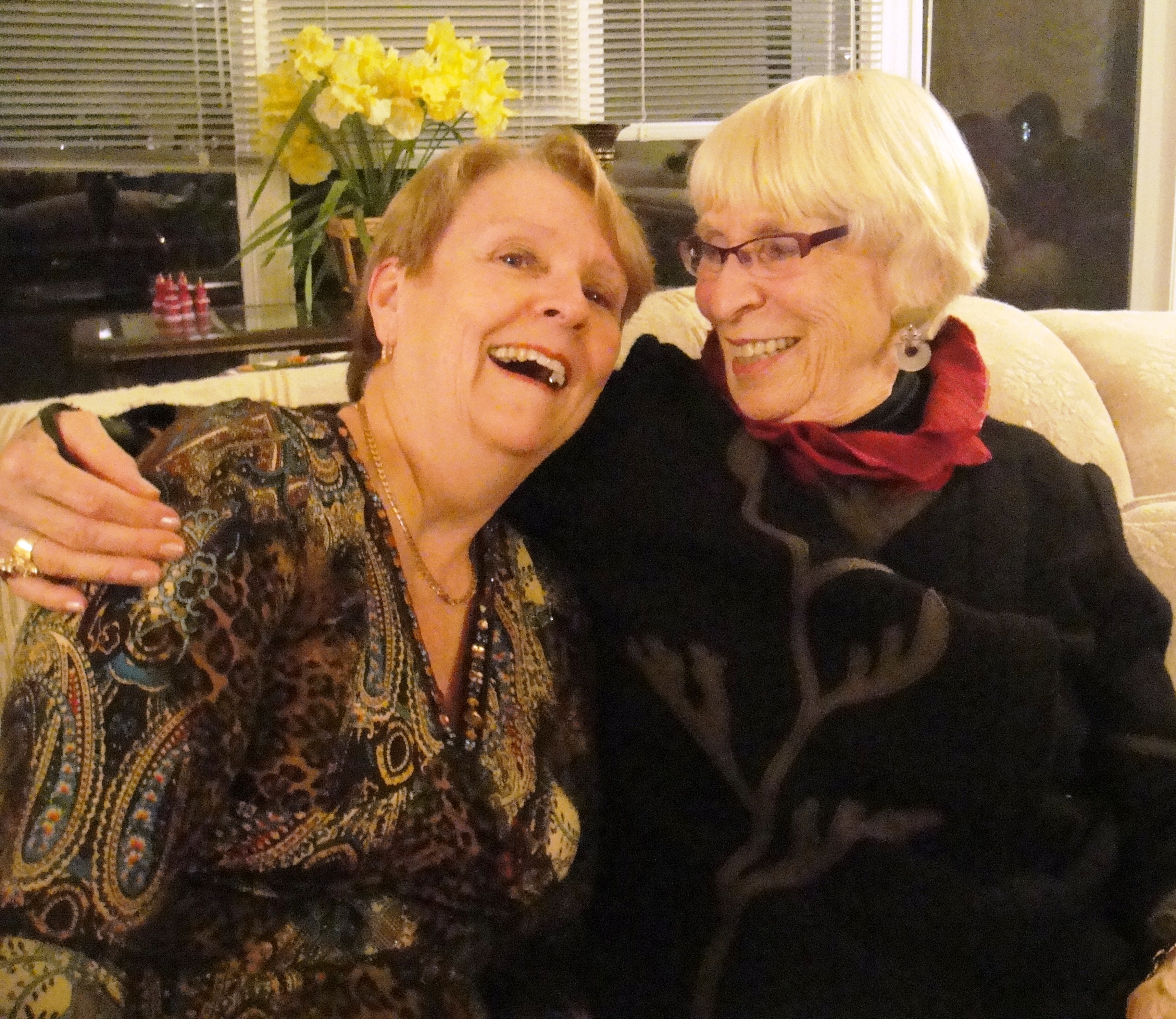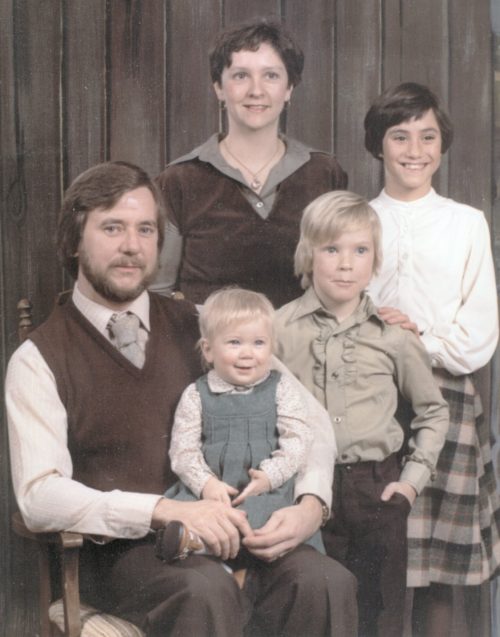How to Build Your Parent-Child Relationship

Adults better influence when children feel a deep sense of connection, bonding, and caring relationship. It is the adult’s responsibility to build that parent-child relationship.
In an ideal world, children would have a close physical, attaching, and bonding experience from birth forward. But sometimes this ideal picture is disrupted due to a range of family and cultural events such as illness, financial problems, or mental health challenges.
For your sake and your child’s sake attend to these basic need disruptions.
Assuming you are able to be a good-enough parent here are some ideas to bring out the best in your child.
Ten Ways to Build a Loving Relationship with Your Child
- Help your child be authentic by listening with empathy. Your listening will promote internal awareness of thoughts, beliefs and feelings.
- Stay present when your child expresses anger. Anger is a powerful emotion and resource for connection. Anger says, “Something is hurting me. Will you respond to my hurt?” All of us, including children, move into disconnect if we can not share what we are feeling. Our adult job is to witness the anger and to seek to understand what the primary feeling is that triggered it. Since anger is a secondary emotion, underneath it are feelings of fear, hurt, loneliness or frustration.
- Teach the difference between feeling angry and aggressive behaviour. Teach that feeling angry can be a great force for accomplishment and for correcting injustice.
- Encourage empathy and kindness towards others. Help your child imagine the impact of decisions on others by saying, “Imagine how (name) would feel if you did that.”
- Help your child differentiate with whom and where it is safe to show personal matters. We do not want boys sacrificed to a culture that denies them their right to feel hurt, sad, scared and vulnerable. Many sensitive boys entering peer groups at 5 to 7 years old will be teased, shamed, bullied and rejected. Provide the safe place to express feelings.
- Help your child with feelings of shame. Shame is used by many adults to control children. Create a shame-free zone where they can safely show their feelings. “With me, you can say how you feel and it is OK.”
- Develop courage. Acknowledge the courage it takes to speak the truth and stay firm to values or virtues.
- Teach awareness, appreciation, and respect of differences–sex, religion, culture, power, lack of power, privilege, lack of privilege and opportunity.
- Build on your child’s strengths.
- Encourage and support your child to question the values of our culture. Build critical thinking about media messages on television, in movies, in video games and advertising. Point out when females and males are both portrayed as strong and vulnerable. Talk about inappropriate violence, discrimination and sexism.
 Help your boy with his yearnings for connection:
Help your boy with his yearnings for connection:
- Provide your boy with the experience of empathy.
- Encourage your boy to develop listening skills.
- Help your boy stay connected to his vulnerability. Create a safe place to share fears, loss and hurt.
- Assist your boy to accommodate to others’ needs. Boys need to be open to be influenced by others so that mutual relationships can happen. They need to believe it is OK to listen and learn from girls.
Note: The best indicator of looming divorce is a man who will not attend to his wifes’ complaints.
Help your girl stay feel competent
(Note: we want to avoid typical doubt that kicks in at 11 or 13 years old)
- Acknowledge your girl’s strengths and skills.
- Emphasize what her body can do rather than focusing on her appearance.
To learn more about the power of connection and relationship, view Rita Pierson’s seven minute TedTalk called Every Kid Needs a Champion. Pierson believes children can not learn in an environment where they are not connected to an adult.
Source:
The work of Dr. Judith Jordan, The Stone Centre, Michael Resnick and Colleagues, US National Longitudinal Study on Adolescent Health, Institute for Youth Development, 1997 and Renee Spencer’s 2000 study indicates that a relationship with one supportive adult is associated with positive outcomes for children coping with poverty, abuse, separation from a parent, divorce and parental mental illness.
How do you make meaningful connection with the child or children in your life?
Please check out these related posts:
- Protective Factors to Boost Children’s Resilience, You Need to Know
- Give Your Children Unconditional and Conditional Love




